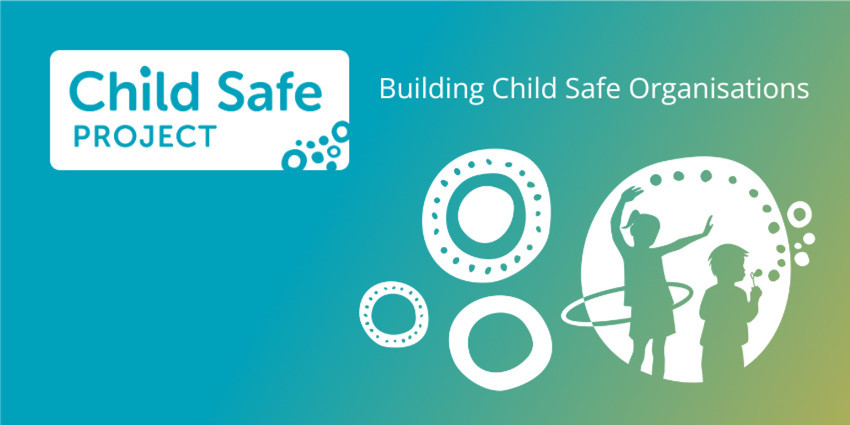Child safe organisations create cultures, adopt strategies and take action to respect and prevent harm to children and young people.
The National Principles for Child Safe Organisations were endorsed by members of the Council of Australian Governments and outline how organisations can become safer for children. Resources about the National Principles are available in different community languages on the National Office for Child Safety website.
Becoming a child safe organisation is an ongoing process that begins with gathering information from many different perspectives – children, parents, staff, volunteers and leaders – to critically think about how the attitudes and behaviours of individuals throughout the organisation either create safety or a risk of harm to children and young people.
Understanding your organisation in this way supports the development of a clear plan with achievable actions to reinforce child safe practices and do something about risky situations, attitudes and practices. An effective plan will make sense to everyone in and outside the organisation and drive practical changes in how things are said and done by individual staff and volunteers interacting regularly with children and young people through to leadership, organisational policies and procedures and communications.
Change takes time and consistent effort, and organisations will be at different stages along the journey.
More information
Show moreJoin our mailing list for occasional updates and resources on strengthening child safe organisations.
Check out our events page for upcoming webinars and information sessions about how to implement the National Principles.














